
The student identifies the anatomical parts of the ear and learns the purpose and function of these parts. A review follows the lesson.
- Subject:
- Agriculture & Natural Science
- Physiology
- Date Added:
- 10/15/2010


The student identifies the anatomical parts of the ear and learns the purpose and function of these parts. A review follows the lesson.
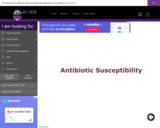
The student investigates the interaction of antimicrobial therapies and host defenses in eliminating an infection.
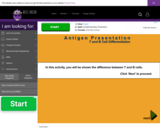
This learning object demonstrates the process by which antigens are identified, processed, and presented to mediators of the cellular immune system.

In this animated activity, learners view the pathways and functions of the fasciculus gracilis and the fasciculus cuneatus.
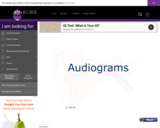
Students read a description of audiograms. They review audiograms representing various degrees and types of hearing loss.
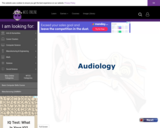
Learners read about audiological tests including pure tone testing, air conduction, bone conduction, Speech Reception Threshold, and Speech Discrimination Score. They listen to sounds and words recorded at different decibel levels and see a graphic representation of decibel ranges. A brief review concludes the activity.

Learners read a brief introduction to monosaccharides, disaccharides, and polysaccharides. The processes for dehydration synthesis and hydrolysis are shown.
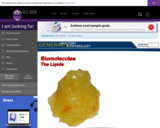
In this animated object, learners examine neutral fats, phospholipids, and cholesterol. The molecular formula and general function for each are shown.

In this animated object, learners read an introduction to protein structure and function.
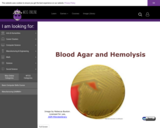
Learners examine microscope images of blood agar and the various types of hemolysis that can be detected. A quiz completes the activity.

In this animated and interactive object, learners examine ABO blood antigens and Rh antigens and their compatibility.

In this animated activity, learners examine how organs are visualized in three dimensions. The terms "longitudinal," 'cross,transverse,horizontal, and sagitta are defined. Students test their knowledge of the location of abdominal pelvic cavity organs in two drag-and-drop exercises.

In this highly animated and colorful object, learners examine the steps of carbohydrate digestion. A brief quiz completes the activity.

The learner evaluates the immune response.

In this animated activity, learners examine the two major phases of cell division: mitosis and cytokinesis.
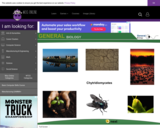
Chytrids, as members of this group are known, are found everywhere. In this animated learning object, students examine the role of chytrids and their impact on the environment.

In this animated object, learners examine the different types of joints and their movements.

Learners assemble the components of a prokaryotic cell and match the names and functions with each structure.

The student analyzes the basic steps in conjugation and applies the effect to microbial characteristics.
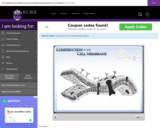
The student studies the structure of the cell membrane by constructing it using the correct molecules.